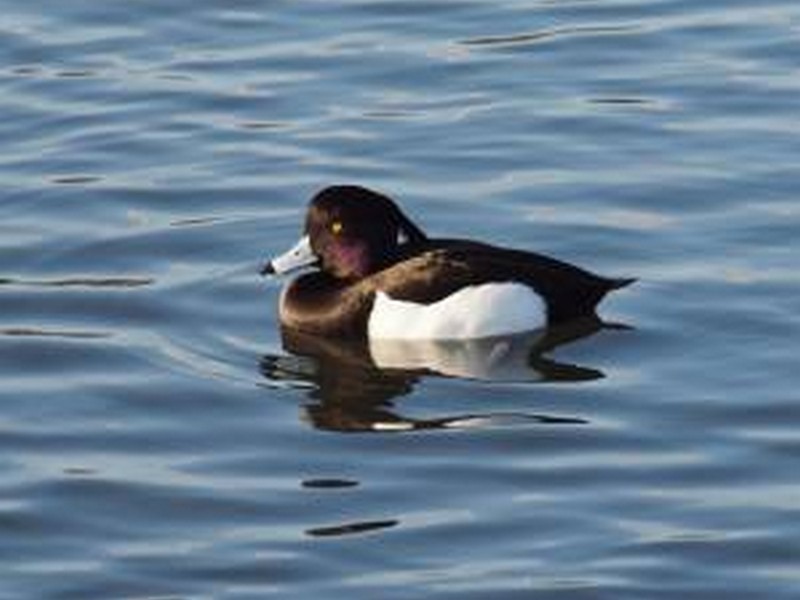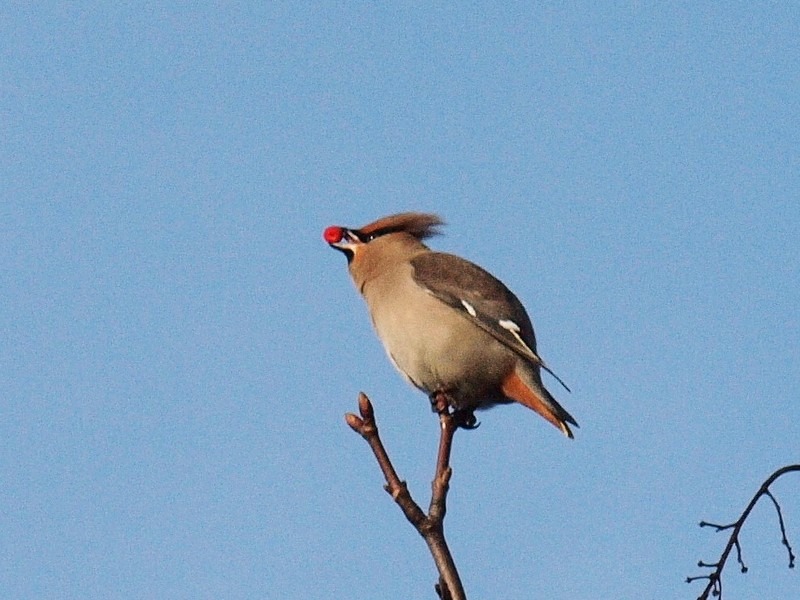As usual at this season of the year, a good deal of my time was taken up in writing up records and reports. These include a revision of the Inventory of Vascular Plants for the Sefton Coast which lists all the flowering plants, ferns and conifers found on the Sefton Coast, including the sand-dune system, since recording began over 150 years ago. Nine new plants were added to the Inventory in 2010, the grand total now standing at a remarkable 1300 for the coast as a whole and 1172 in the dunes. These figures demonstrate the outstanding biodiversity of this coastline and justify Plantlife International’s inclusion of the Sefton dunes in its 2007 list of Important Plant Areas (IPAs).
In our region, January is supposed to be the wettest month of the year. However, despite several wildly inaccurate forecasts of “rain, heavy at times” very little actually fell during the month. Thus far, we have experienced the third dry winter in succession, this having major implications for our wetlands, especially the dune-slacks, which rely on recharge between autumn and spring. Summer precipitation has little effect as it quickly evaporates. It wasn’t supposed to be like this, climate change being predicted to bring wetter winters and dryer summers!
The big freeze in December seems to have affected some local birdlife, Stonechats being noticeably absent from the dunes. My monthly visit to Cabin Hill produced only 22 Snipe and one Jack Snipe, suggesting that birds displaced by the ice have not returned, though the low water-level in the slacks was no doubt also a factor. Nevertheless, a walk though the Ravenmeols woodland on 19th in sunny, calm conditions was rewarded by some delightful early bird-song from Robins, Great Tits, Wood Pigeons and a Mistle Thrush, while over 20 Redwings flocked in the trees round Asparagus Cottage. Rachael Parks tells me of the first ever Treecreeper in her Formby garden, while Ian Wolfenden had both male and female Blackcaps daily on his feeders, with up to 11 Reed Buntings and 25 Blackbirds at a time. Ian is a licensed ringer and provides fascinating insights into the turnover of birds in his Thornton garden. For example, he has ringed 42 Blackbirds since the end of the cold snap, suggesting that many of these birds are not resident but are moving through. Similarly, during 2010 he ringed 297 Goldfinches, though no more than a dozen or so were present on any one day. Finally, out of a grand total of 892 garden birds ringed, only 164 (18%) were retraps.
The cold weather probably contributed to a large shellfish “wreck” along the shore, consisting mainly of Rayed Trough-shells (Mactra corallina) and Razor-shells (Ensis), these attracting many gulls. One lucky birder at Birkdale on 22nd spotted a very rare American Franklin’s Gull but, two days later, there was no sign of it as I searched through about 10,000 mixed gulls roosting at high-water. Some compensation was afforded by flocks of 45 and 60 Twite at Birkdale and Ainsdale respectively, while 4500 roosting Oystercatchers were harassed by a majestic Peregrine. Nearby Sands Lake had its usual flock of wintering Tufted Ducks, peaking at 151 on 28th
The cold weather probably contributed to a large shellfish “wreck” along the shore, consisting mainly of Rayed Trough-shells (Mactra corallina) and Razor-shells (Ensis), these attracting many gulls. One lucky birder at Birkdale on 22nd spotted a very rare American Franklin’s Gull but, two days later, there was no sign of it as I searched through about 10,000 mixed gulls roosting at high-water. Some compensation was afforded by flocks of 45 and 60 Twite at Birkdale and Ainsdale respectively, while 4500 roosting Oystercatchers were harassed by a majestic Peregrine. Nearby Sands Lake had its usual flock of wintering Tufted Ducks, peaking at 151 on 28th

Tufted Duck
The highlight of the month was undoubtedly a trip to Bootle on 21st to track down a flock of Waxwings reported the previous day. Most had moved on but three remained, feeding on Waterer’s Cotoneaster berries and perching in adjacent trees on Strand Road, not a place one would normally associate with iconic wildlife. These were the first Waxwings I had seen since 1996.

